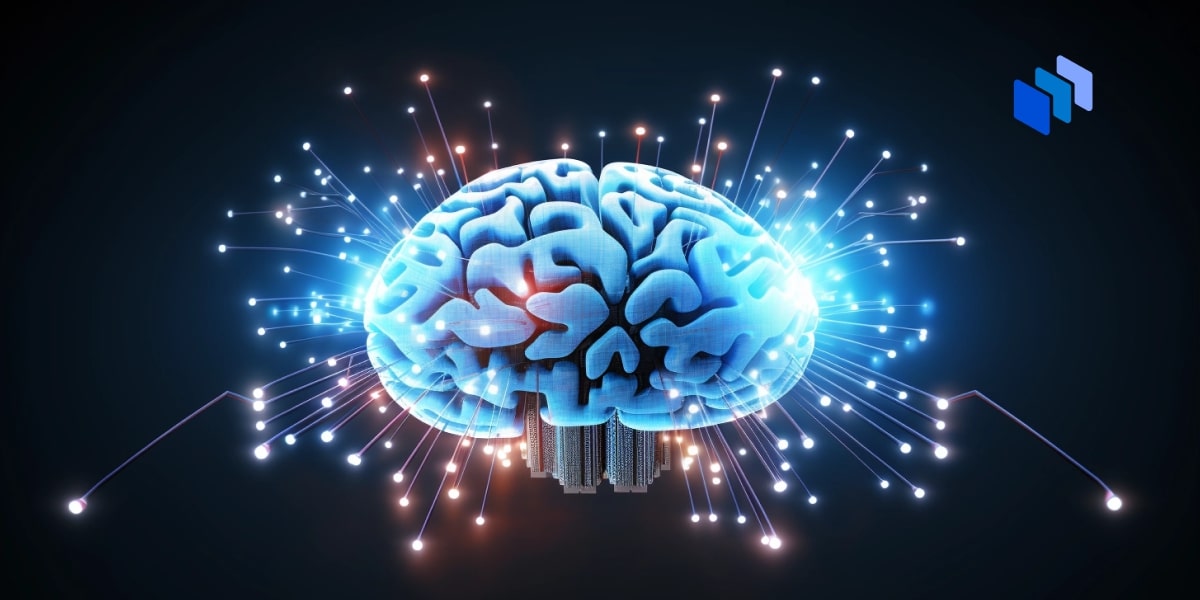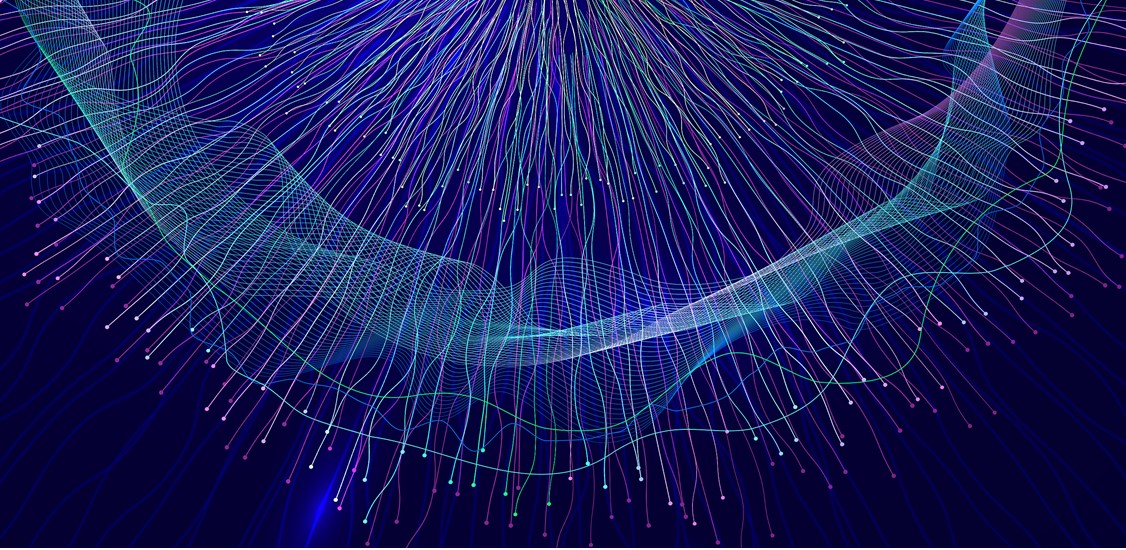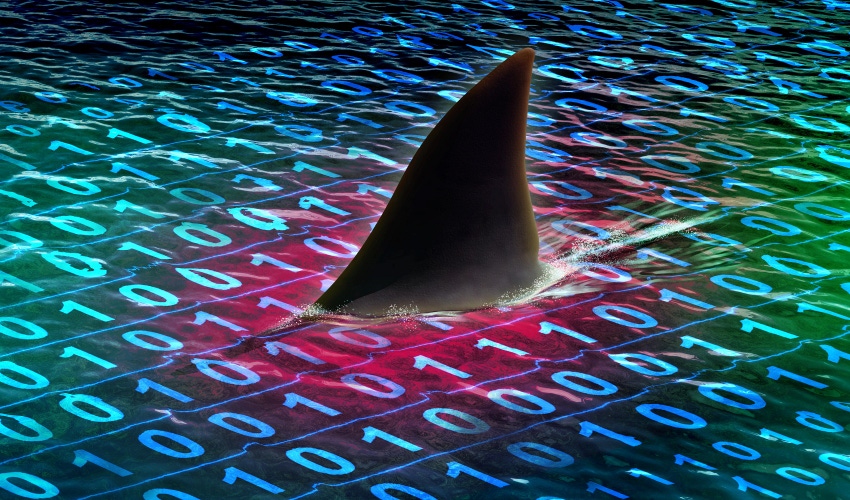AI in Biotechnology: The Big Interview with Dr Fred Jordan, Co-Founder of FinalSpark

Of course, the ethical consideration is increased because we are using human
cells. From an ethical perspective, what is interesting is that all this
wouldn’t be possible without the ISPCs. Ethically, we don’t need to take the
brain of a real human being to conduct experiments. ... The ultimate goal is to
develop machines with a form of intelligence. We want to create a real function,
something useful. Imagine inputting a picture to the organoid, and it responds,
recognizing objects like cats or dogs. Right now, we are focusing on one
specific function – the significant reduction in energy consumption, potentially
millions to billions of times less than digital computers. As a result, one
practical application could be cloud computing, where these neuron-based systems
consume significantly less energy. This offers an eco-friendly alternative to
traditional computing processing. Ultimately, the future of AI in biotechnology
holds huge potential for various applications because it’s a completely new way
of looking at neurons. It’s like the inventors of the transistor not knowing
about the internet.
AI regulatory landscape and the need for board governance
“We all need to have a plan in place, and we need to be thinking about how are
you using it and whether it is safe.” She underscored the urgency, noting that
journalists are investigating where AI has gone wrong and where it’s
discriminating against people. Additionally, there are lawyers who seize
potential litigation opportunities against ill-prepared, deep-pocketed
organizations. "Good AI hygiene is non-negotiable today, and you must have good
oversight and best practices in place," she asserted. Despite a lack of
comprehensive Congressional AI legislation, Vogel clarified that AI is not
without oversight. Four federal agencies recently committed to ensuring fairness
in emerging AI systems. In a recent statement, agency leaders committed to using
their enforcement powers if AI perpetuates unlawful bias or discrimination. AI
regulatory bills have been proposed by over 30 state legislatures, and the
international community is also ramping up efforts. Vogel cited the European
Union's AI Act as the AI equivalent of the GDPR bill, which established strict
data privacy regulations affecting companies worldwide.
Data Management, Distribution, and Processing for the Next Generation of Networks

Investments in cloud architectures by CSPs span their own resources – but they
also extend to third parties; federated cloud architectures are the result.
These interconnected cloud assets allow CSPs to extend their reach, share
resources and collaborate with other stakeholders to secure desired outcomes.
Why do we combine this with edge computing? Because resources at the edge may
not be in the CSP’s own domain. Edge systems may be a combination of CSP-owned
and other resources that are used in parallel to deliver a particular service.
And, regardless of overall pace towards 5G SA, edge computing is now firmly in
demand by enterprises (and CSPs), to support a new generation of
high-performance and low latency services. This demand won’t only be served by
CSPs, however. Many enterprises are seeking to deploy private networks – and the
resources required to support their applications may be accessed via federated
clouds. This user may not need its own UPF, but it may benefit from one offered
by another provider in an adjacent edge location, or delivered by a systems
integrator that runs multiple private networks with shared resources, available
on demand.
Understanding Each Link of the Cyberattack Impact Chain
There are two ways to assess the cyberattack impact chain: Causes and effects.
To build stakeholder support for CSAT, CISOs have to show the board how much
damage cyberattacks are capable of causing. Beyond the fact that the average
cost of a data breach reached an all-time high of $4.45 million in 2023, there
are many other repercussions: Disrupted services and operations, a loss of
customer trust and a heightened risk of future attacks. CSAT content must inform
employees about the effects of cyberattacks to help them understand the risks
companies face. It’s even more important for company leaders and employees to
have a firm grasp on the causes of cyberattacks. Cybercriminals are experts at
exploiting employees’ psychological vulnerabilities – particularly fear,
obedience, craving, opportunity, sociableness, urgency and curiosity – to steal
money and credentials, break into secure systems and launch cyberattacks.
Consider the MGM attack, which relied on vishing – one of the most effective
social engineering tactics, as it allows cybercriminals to impersonate trusted
entities to deceive their victims.
Another Cyberattack on Critical Infrastructure and the Outlook on Cyberwarfare

Critical infrastructure attacks, like the one against the water authority in
Pennsylvania, have occurred in the wake of the Israel-Hamas war. And
geopolitical tension and turmoil expands beyond this conflict. Russia’s invasion
of Ukraine has sparked cyberattacks. Chinese cyberattacks against government and
industry in Taiwan have increased. “This is just going to be an ongoing part of
operating digital systems and operating with the internet,” Dominique Shelton
Leipzig, a partner and member of the cybersecurity and data privacy practice at
global law firm Mayer Brown, tells InformationWeek. While kinetic weapons are
still very much a part of war, cyberattacks are another tool in the arsenal.
Successful cyberattacks against critical infrastructure have the potential for
widespread devastation. “The landscape of warfare is changing,” says Warner. And
the weaponization of artificial intelligence is likely to increase the scale of
cyberwarfare. “We have the normal technology that we use for denial-of-service
attacks, but imagine being able to do all of that on an even greater scale,”
says Shelton Leipzig.
Continuous Testing in the Era of Microservices and Serverless Architectures
Continuous testing is a practice that emphasizes the need for testing at every
stage of the software development lifecycle. From unit tests to integration
tests and beyond, this approach aims to detect and rectify defects as early as
possible, ensuring a high level of software quality. It extends beyond mere bug
detection and it encapsulates a holistic approach. While unit tests can
scrutinize individual components, integration tests can evaluate the
collaboration between diverse modules. The practice allows not only the
minimization of defects but also the robustness of the entire system. ...
Decomposed testing strategies are key to effective microservices testing. This
approach advocates for the examination of each microservice in isolation. It
involves a rigorous process of testing individual services to ensure their
functionality meets specifications, followed by comprehensive integration
testing. This methodical approach not only identifies defects at an early stage
but also guarantees seamless communication between services, aligning with the
modular nature of microservices.
Understanding Master Data Management’s integration challenges

The integration of data within MDM is a very complex task, which should not be
underestimated. Many organizations often have a myriad of source systems, each
with its own data structure and format. These systems can range from commercial
CRM or ERP systems to custom-built legacy software, all of which may use
different data models, definitions, and standards. In addition, organizations
often desire real-time or near-real-time synchronization between the MDM system
and the source systems. Any changes in the source systems need to be immediately
reflected in the MDM system to ensure data accuracy and consistency. Using a
native connector from the MDM system to read data from your operational systems
can provide several benefits, such as ease of integration. This has been
illustrated at the bottom in the image above. However, the choice of using a
native connector or a custom-built one mostly depends on your specific needs,
the complexity of your data, the systems you’re integrating, and the
capabilities of your MDM system.
Aim for a modern data security approach
Beginning with data observability, a “shift left” implementation requires that
data security become the linchpin before any application is put into production.
Instead of being confined to data quality or data reliability, security needs to
become another use case application of the underlying data and be unified into
the rest of the data observability subsystem. By doing this, data security
benefits from the alerts and notifications stemming from data observability
offerings. Data governance platform capabilities typically include business
glossaries, catalogs, and data lineage. They also leverage metadata to
accelerate and govern analytics. In “shift left” data governance, the same
metadata is augmented by data security policies and user access rights to
further increase trust and allow appropriate users to access data. Leveraging
and establishing comprehensive data observability and governance is the key to
data democratization. As a result, these proactive and transparent views over
the security of critical data elements will also accelerate application
development and improve productivity.
Google expands minimum security guidelines for third-party vendors

"The expanded guidance around external vulnerability protection aims to provide
more consistent legal protection and process to bug hunters that want to protect
themselves from being prosecuted or sued for reporting findings," says Forester
Principal Analyst Sandy Carielli. "It also helps set expectations about how
companies will work with researchers. Overall, the expanded guidance will help
build trust between companies and security researchers." The enhanced guidance
encourages more comprehensive and responsible vulnerability disclosures, says
Jan Miller, CTO of threat analysis at OPSWAT, a threat prevention and data
security company. "That contributes to a more secure digital ecosystem, which is
especially crucial in critical infrastructure sectors where vulnerabilities can
have significant repercussions," he says. ... The enhanced guidance encourages
more comprehensive and responsible vulnerability disclosures, says Jan Miller,
CTO of threat analysis at OPSWAT, a threat prevention and data security
company.
Europe Reaches Deal on AI Act, Marking a Regulatory First
"Europe has positioned itself as a pioneer, understanding the importance of its
role as global standard setter," said Thierry Breton, the European commissioner
for internal market, who had a key role in negotiations. The penalties for
noncompliance with the rules can lead to fines of up to 7% of global revenue,
depending on the violation and size of the company. What the final regulation
ultimately requires of AI companies will be felt globally, a phenomenon known as
the Brussels effect since the European Union often succeeds in approving
cutting-edge regulations before other jurisdictions. The United States is
nowhere near approving a comprehensive AI regulation, leaving the Biden
administration to rely on executive orders, voluntary commitments and existing
authorities to combat issues such as bias, deep fakes, privacy and security.
European officials had no difficulty in agreeing that the regulation should ban
certain AI applications such as social scoring or that regulations should take a
tiered-based approach that treats high-risk systems, such as those that could
influence the outcome of an election, with greater requirements for transparency
and disclosure.
Quote for the day:
''It is never too late to be what you
might have been." -- George Eliot
No comments:
Post a Comment